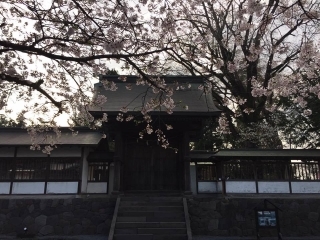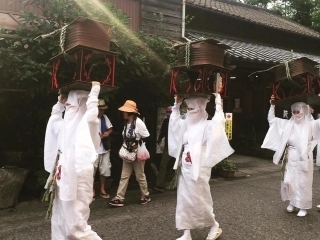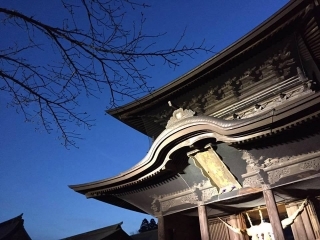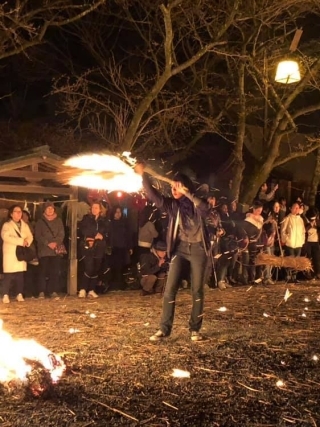Friends of Japan Series: Japanese Shrines - Zaynab Nakhid



Friends of Japan Series: Japanese Shrines - Zaynab Nakhid

As a former resident of Aso Village, Kumamoto I loved hearing Japanese mythology and stories that was passed down through the years in the village. I was particularly interested in the stories surrounding Aso shrine and the Kami (loosely translated as God) it revered called Takeiwatatsu no Mikoto.
Aso shrine is actually one of the oldest shrines in Japan with the earliest record of the shrine dating back to 228 B.C. The Aso family, the only people in Japan to bear this name also has the second oldest recorded line of succession in Japan only after the imperial family.
The shrine itself is more than 2000 years old, however, the buildings are more recent because of the constant damage to the old structures. The shrine was once burnt to the ground and more recently the romon or tower gate collapsed in the 2016 Kumamoto earthquake.
Despite this Aso shrine has a long story of success. The shrine which is listed as an imperial shrine has more than 2000 branches throughout Japan with the most famous branches being the Aso shrine in Hamura Tokyo, and the Aoi Aso Shrine in Hitoyoshi which was designated a National Treasure of Japan.
The shrine itself is still functional today and is led by the current head of the Aso Family Household. Several shrine festivals have gained prominence in boosting Kumamoto’s local tourism; the most famous of which are:
The Hifuri Shinji- a festival where bales of hay are swung in the night to welcome the bride of the Kami to the shrine.
The Onda Matsuri- a procession where women clad in white walk through the fields of rice carrying portable shrines on their heads.
The Tanomi Sai- an event that showcases Japanese archery on horseback called yabusame.
The shrine is bordered by an old street displaying various Japanese wares and old buildings. I would certainly recommend it as a great spot to visit on any trips to Japan.
Friends of Japan Series: Japanese Shrines (Japanese Embassy Facebook)
Friends of Japan Series Archives
